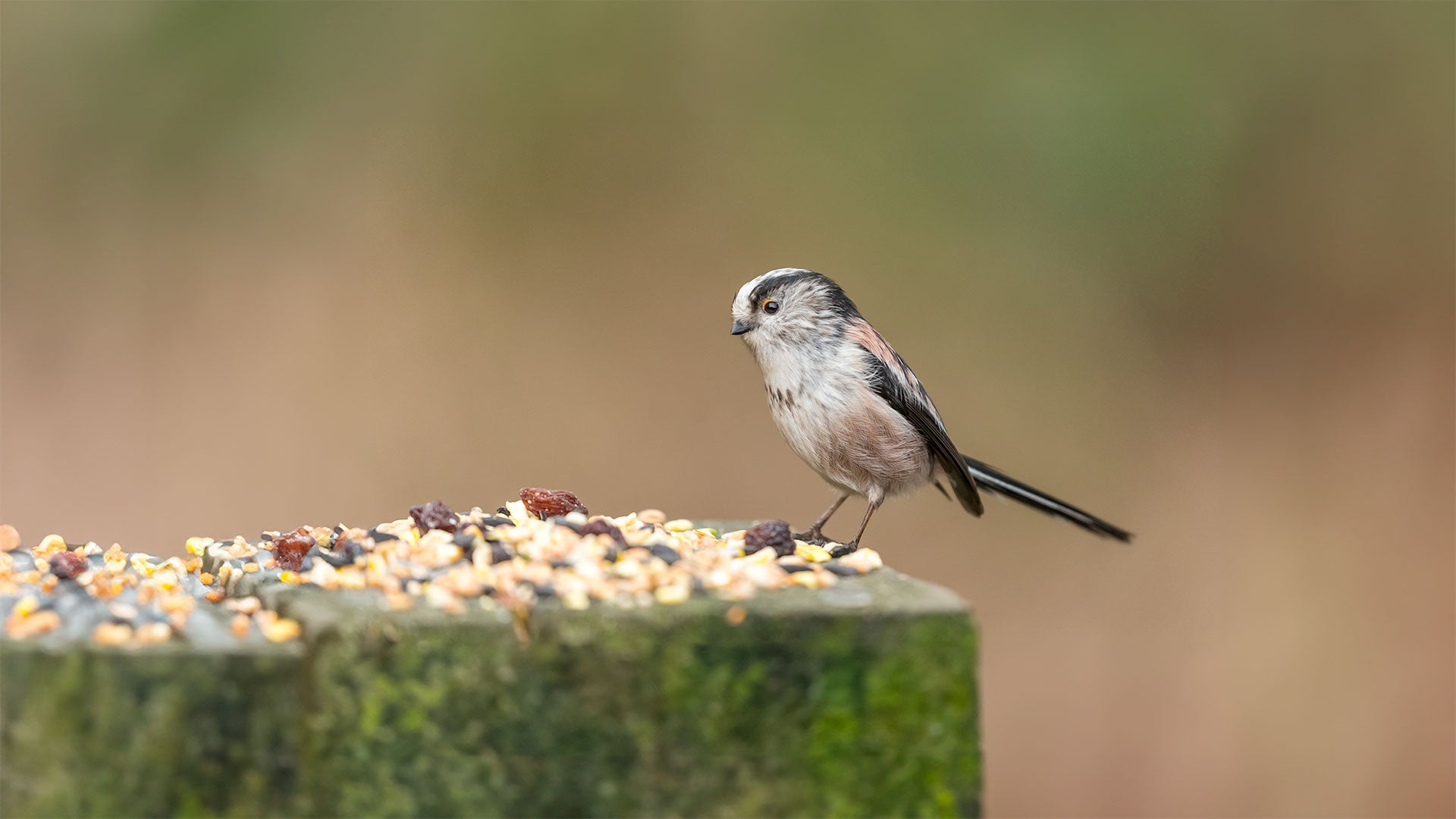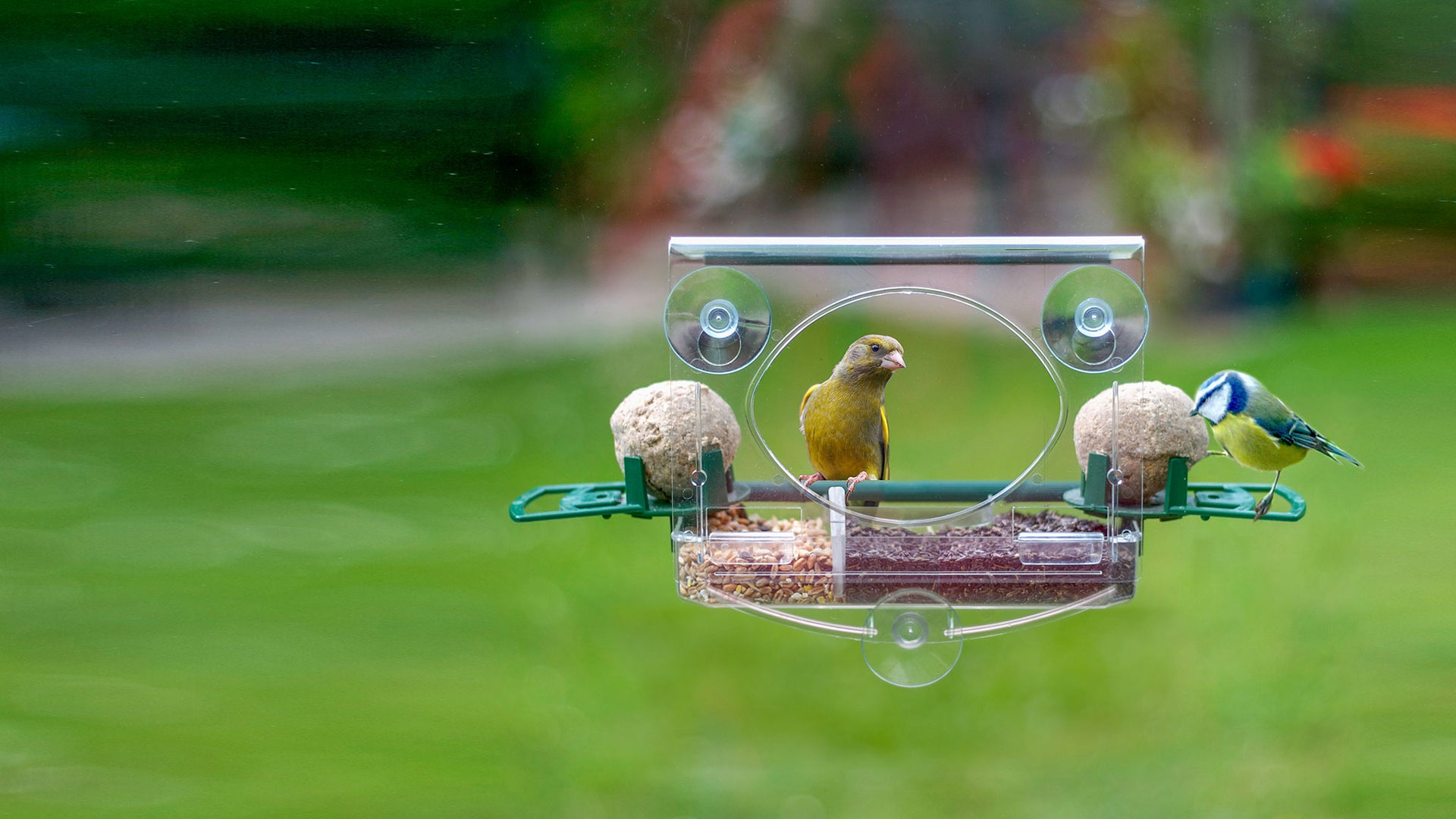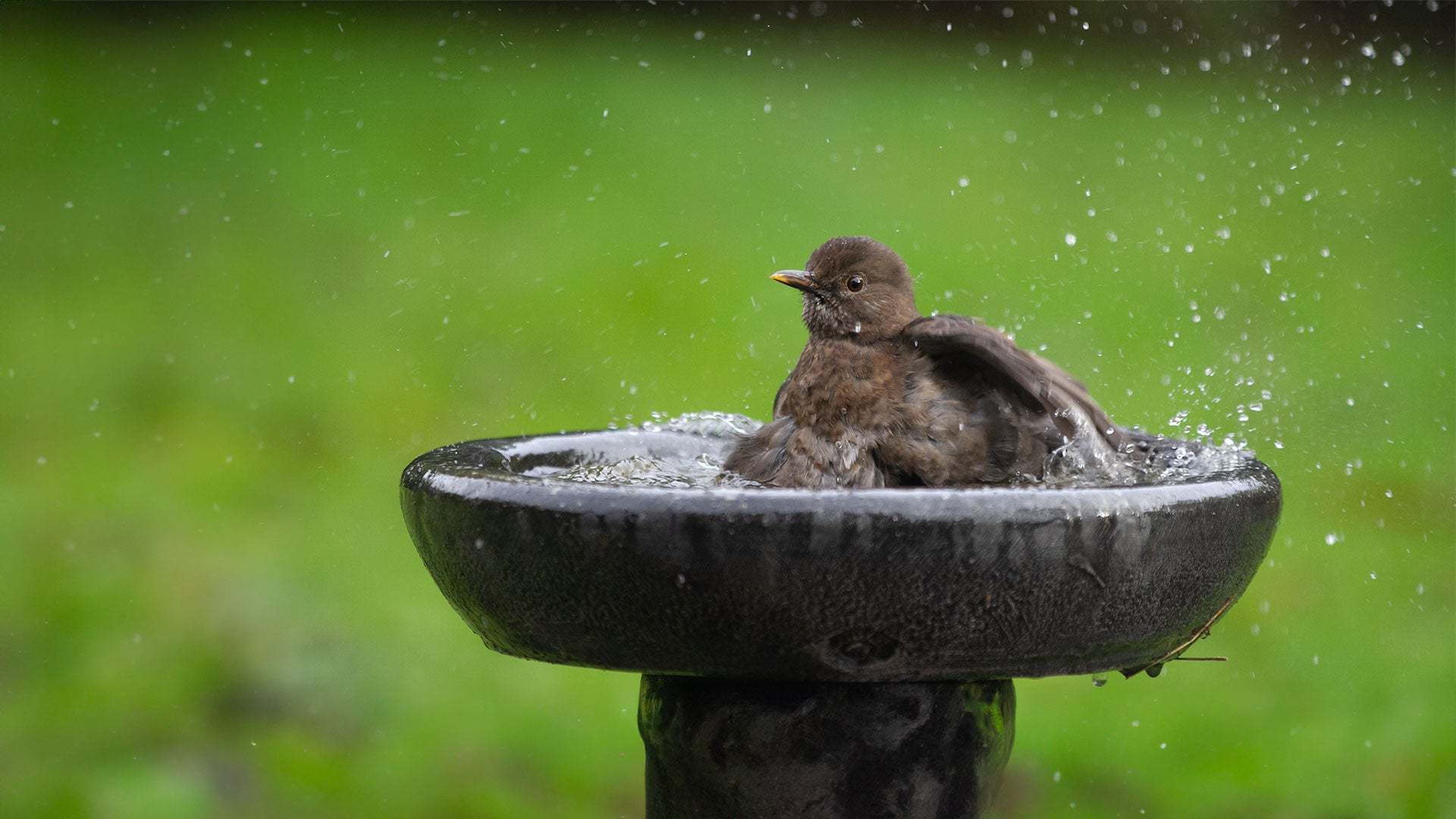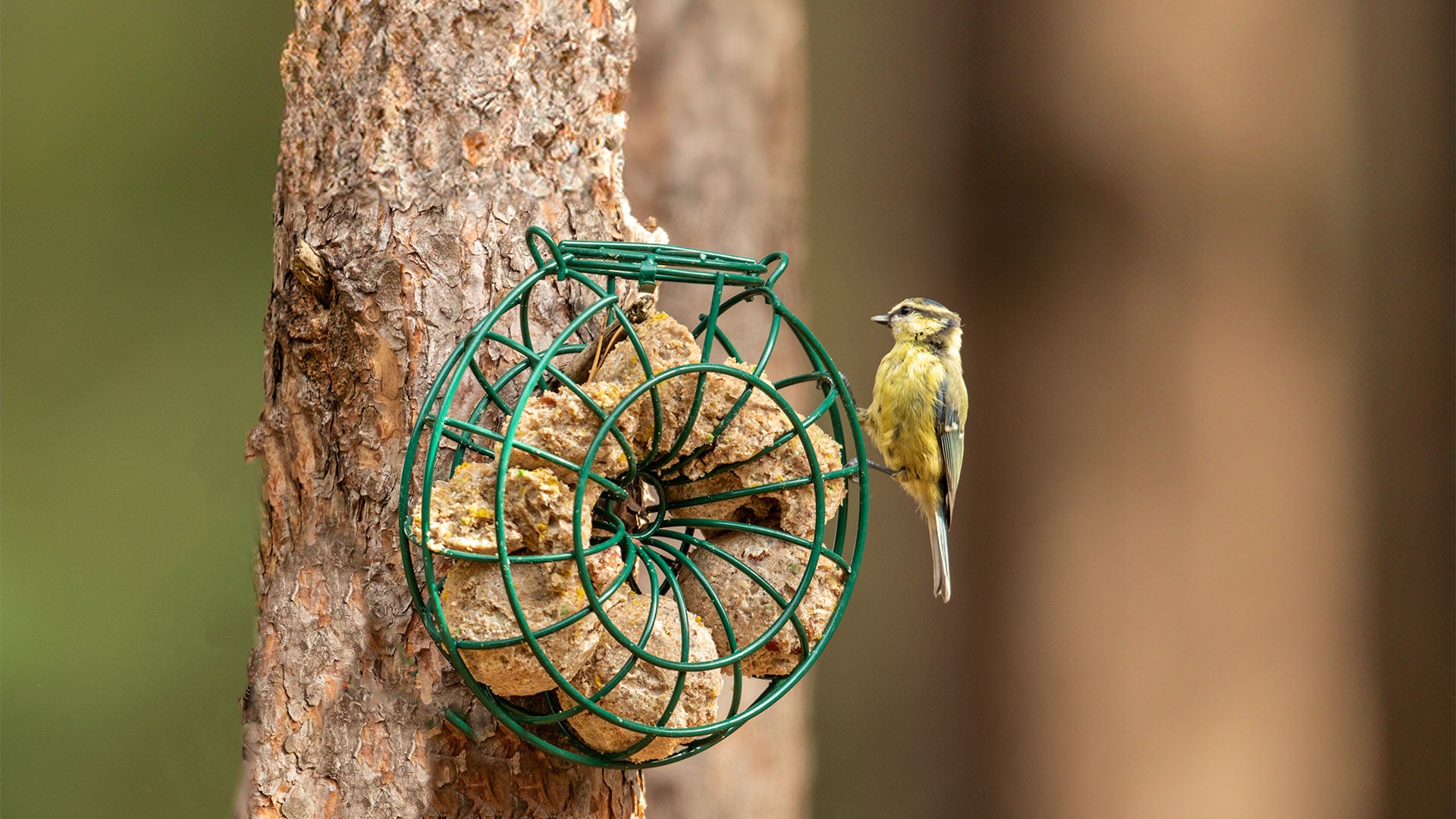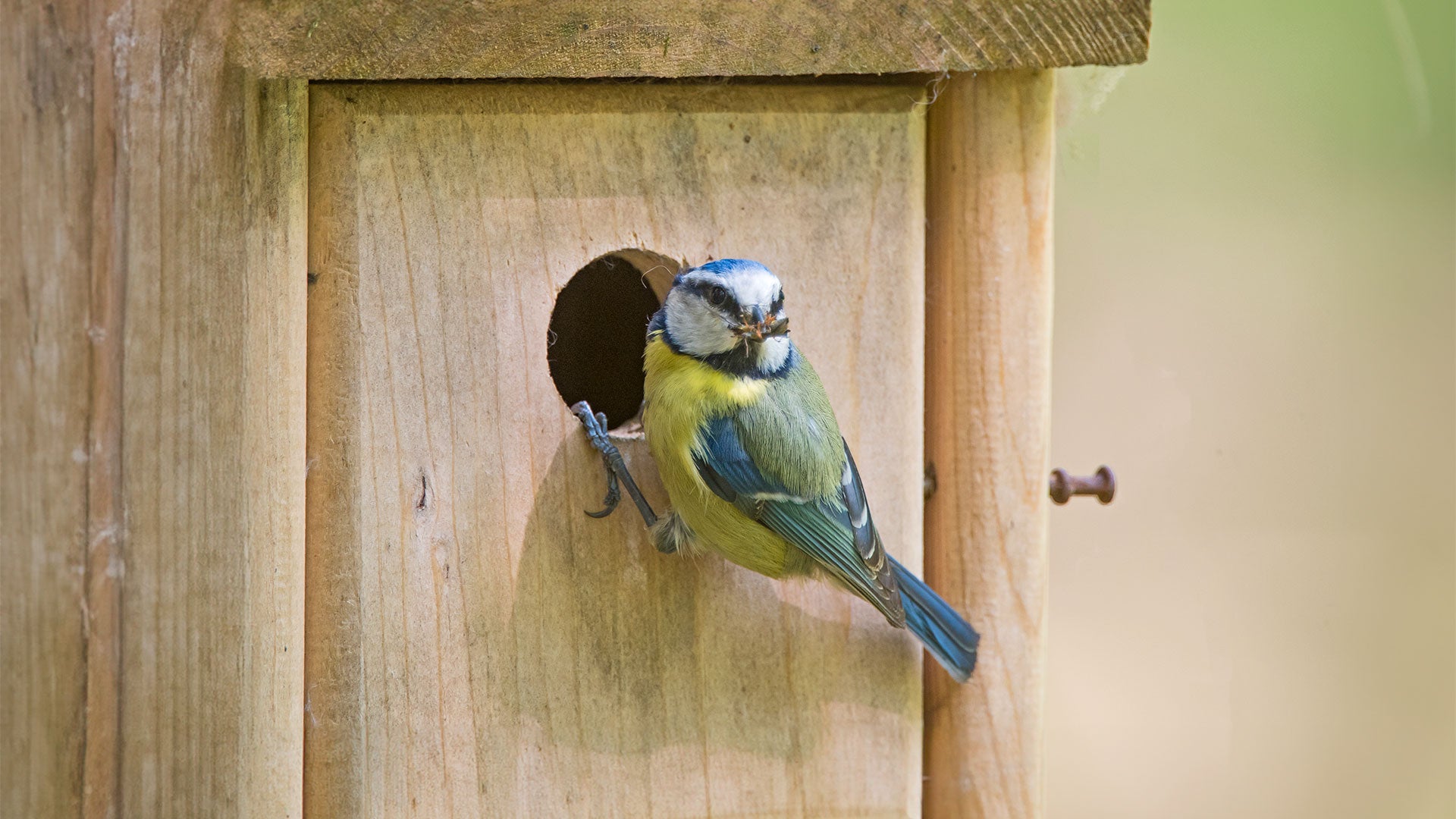Bullfinch Identification: what does a bullfinch look like?
Length: 15cm
What does a male bullfinch look like?
The adult males have a shiny blackish-blue crown, grey-blue mantle and scapulars slightly tinged with yellowish-brown or occasionally pink. They have a white rump, blackish-blue upper-tail coverts. The side of the neck, throat, breast and flanks are pink. This colouration with the black cap make the Bullfinch easily identifiable.
What does a female bullfinch look like?
The females head pattern is like the male’s. The back of the neck is a grey-brown, with a dark yellowish-brown mantle. The scapulars and back are tinged with grey and the upper-tail coverts are a blackish-blue. The rump and axillaries are white, the ear-coverts, sides of the neck and under parts are a pinkish-brown colour. The wings and tail are like the male’s.
Young Bullfinches are like the adult females, but with a brown head and mantle and a white rump.

Bullfinch call
A low, chirping ‘dev’. This is also the basis of its squeaky song.
When do bullfinches lay eggs and where do they nest?
Breeding starts from late April. They breed in a bush or shrub, usually one or two meters off the ground. Nests are loose in structure, made of twigs, moss and lichen. They are lined with roots and hair. The nest is built by the female. There are usually four or five blue-green eggs with purplish-brown streaks and a few markings. Incubation takes twelve to fourteen days and is mostly carried out by the female, she is fed on the nest by the male. Both tend the young, which remain in the nest for twelve to eighteen days.
Bullfinch habitat
Bullfinches prefer woodland, scrub, orchards and gardens.
What food do bullfinches eat?
Seeds, buds and young shoots.
Where to feed bullfinches
Feeder – Ideally above 1m in height
Table – Covered
Ground – Not suitable

